
The failure of the electric hoist to lift is mainly caused by five major factors, 包括: 电源, braking system, motor and transmission failure, electrical control, and limit protection device. To solve the problem that the electric hoist cannot be lifted or lowered, it is necessary to investigate these problems one by one, and then solve them in a targeted manner after the problem is determined.
在线聊天You hit the button on your 电葫芦, and nothing happens. No reassuring hum, no movement up or down. A stalled hoist isn’t just inconvenient; it halts productivity and can signal a potential safety hazard. Before panic sets in, let’s systematically diagnose why your electric hoist might be refusing to budge.
Disconnect Power: Before inspecting anything, isolate the hoist from its power source at the main disconnect. Lockout/Tagout procedures are essential.
Secure the Load: If a load is suspended, ensure it’s safely supported or blocked before any troubleshooting begins. Never work under an unsupported load.
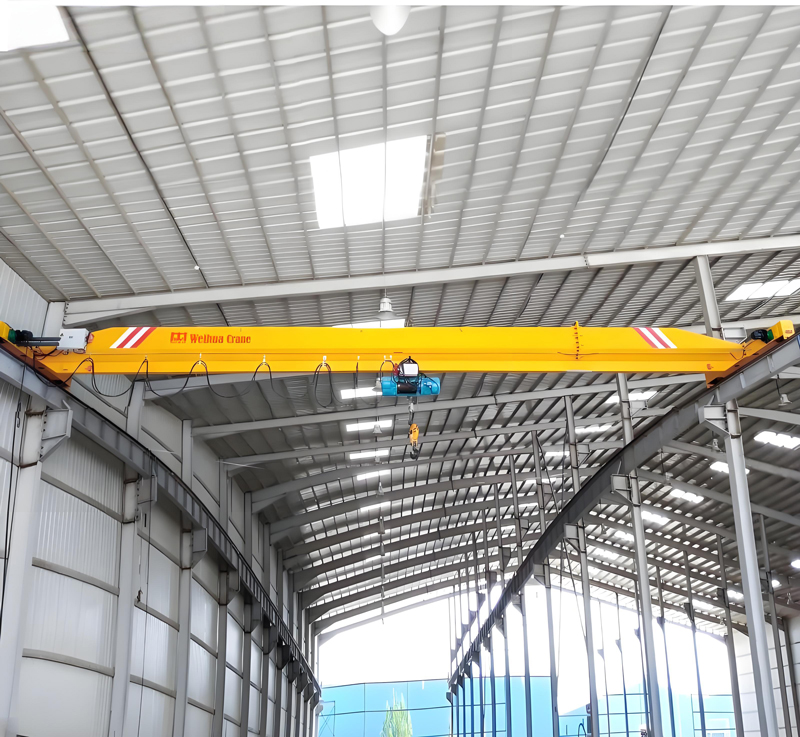
Power Problems (The Most Frequent Suspect):
No Power Supply: Check the obvious first! Is the main disconnect on? Is the circuit breaker tripped or fuse blown? Verify power is reaching the outlet/receptacle the hoist is plugged into (if applicable). Test voltage at the hoist’s main terminals (with power safely disconnected during connection, then re-applied for testing).
Phase Loss (3-Phase Hoists): If one phase is missing, the motor won’t start. Check fuses, contactors, and wiring integrity. Listen for a loud humming sound from the motor – a classic sign of single-phasing.
Low Voltage: Significantly low voltage can prevent the motor from generating enough torque to start. Check voltage under load if possible.
Faulty Power Cord/Plug: Inspect for damage, cuts, or burns. Test continuity.
Control Circuit Failures:
Defective Pendant/Remote Control: Buttons stick, wires break internally, or connections corrode. Try a known-good pendant if available. Inspect the cord for damage.
Faulty Control Transformer: Provides lower voltage for the control circuit. If it fails, the control buttons do nothing.
Stuck/Loose Contactors or Relays: These electromagnetic switches activate the motor. They can weld shut, fail to pull in, or have corroded contacts preventing circuit completion. Listen for a distinct “click” when operating the controls.
Limit Switches Activated: Hoists have upper and lower limit switches to prevent over-travel. If one is stuck in the “tripped” position or malfunctioning, it will block operation in that direction. Check if the hoist block is physically contacting the limit switch actuator. Sometimes manual reset is needed.
Mechanical Jams & Overloads:
Physical Obstruction: Inspect the entire path. Is the load, hook, or chain/rope caught on something? Is debris jammed in the gears, sprockets, or drum?
Chain Derailment (环链葫芦): If the chain has jumped off its sprocket, movement is impossible. Requires power-down and careful re-seating.
Severely Overloaded: Exceeding the hoist’s rated capacity can cause the motor to stall or overload protection to activate immediately. Check the load weight. Listen for a motor hum without movement – a sign of overload.
Worn or Seized Brake: The brake must release for movement. If it’s seized due to wear, contamination, or damage, the motor can’t turn. A humming motor that doesn’t turn often points to a stuck brake.
Binding Gears or Bearings: Lack of lubrication, contamination, or damage can cause internal mechanical components to bind, preventing rotation. Listen for unusual grinding or scraping noises.
Motor Issues:
Motor Overheating: Thermal overload protection inside the motor may have tripped due to excessive use, overload, or poor ventilation. Allow significant time for the motor to cool down completely before attempting to restart.
Internal Motor Fault: Windings can short, burn out, or connections fail. This often requires professional repair or motor replacement. Signs include burning smells, excessive heat even without load, or tripped breakers immediately on startup.
Wiring Faults:
Loose Connections: Check all terminal connections in the control panel, at the motor, and on contactors/relays. Vibration can loosen them over time.
Damaged Internal Wiring: Rodent damage, pinched wires, or internal corrosion can break circuits. This requires careful inspection, often by a qualified technician.
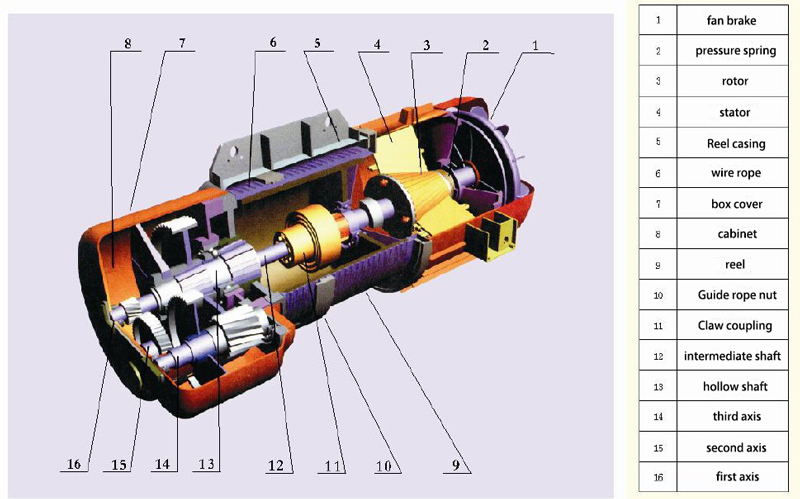
Observe: Does the motor hum? Do any lights on the control come on? Do you hear contactors clicking?
Check Power: Systematically verify power from the source to the hoist’s main terminals.
Inspect Controls: Test the pendant/remote (visually inspect cord). Listen for control contactor clicks.
Look for Obvious Mechanical Issues: Obstructions, jammed chain/rope, limit switch contact?
Consider Recent Events: Was it overloaded? Used excessively before stopping? Exposed to moisture/dust?
If the problem involves internal motor windings or complex control circuitry.
If you suspect significant mechanical damage (gears, 轴承, brake assembly).
If the hoist shows signs of overheating or burning smells.
If you are not qualified or comfortable working on electrical/mechanical systems.
Always prioritize safety over expediency.

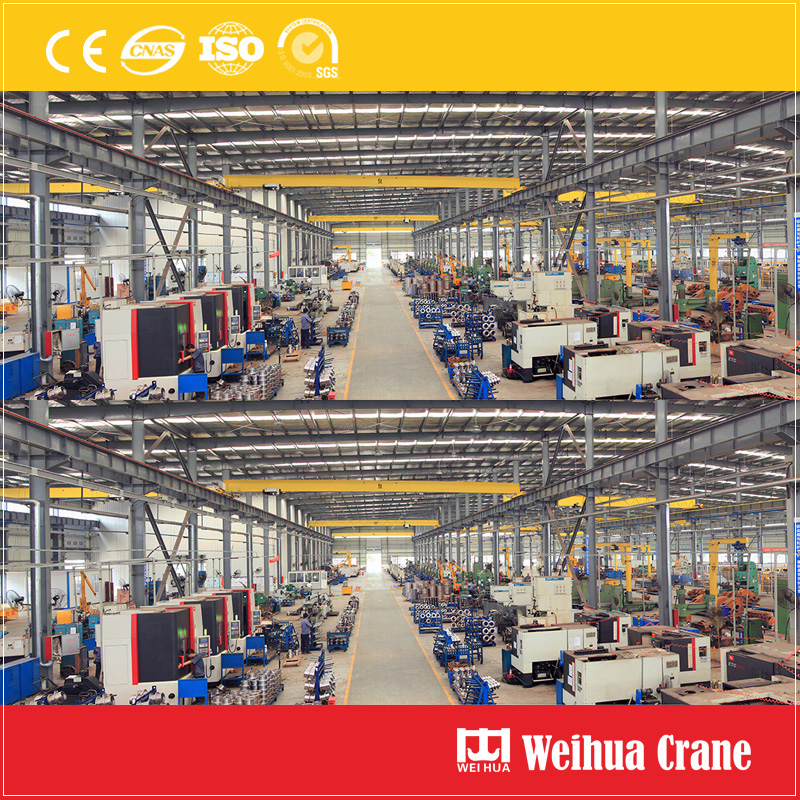
Regular preventative maintenance as per the manufacturer’s schedule is the best defense against unexpected downtime. This includes lubrication, inspection of mechanical components (chains, ropes, 钩子, 刹车), electrical connection checks, and functional testing of controls and limit switches.
By methodically working through these potential causes, you can often identify and resolve the issue preventing your electric hoist from lifting or lowering, getting your operations back on track safely and efficiently. 记住: when in doubt, shut it down and call in the experts!
我们重视您的反馈! 请填写下面的表格,以便我们可以根据您的特定需求来量身定制服务.
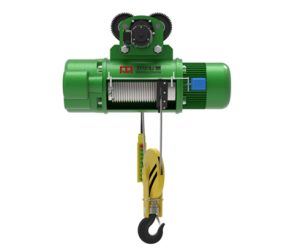
16 吨环链电动葫芦主要特点 & 好处 1. 16-吨 (32,000 磅) 举起 ......
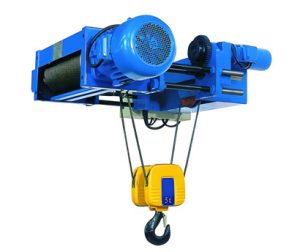
Heavy Duty Electric Hoist Key Features ✅ High Lifting Capacity:Weihua heavy duty electri……
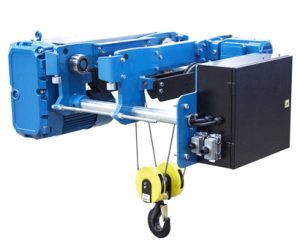
卫华230V电动葫芦专为提升和降低物料而设计,具有精确的…
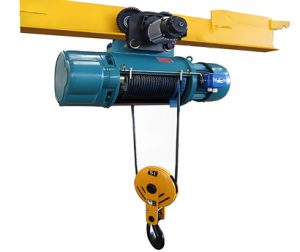
高架电线绳吊顶代表起重技术的顶峰, 的……
